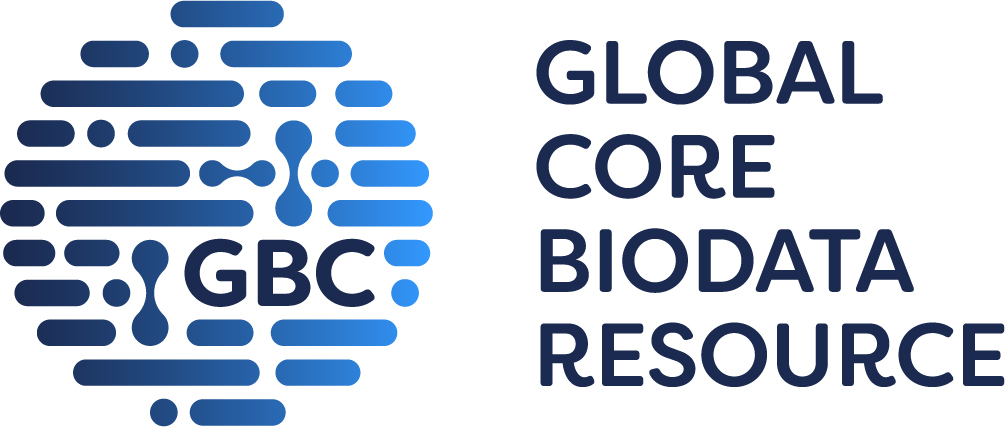
GtoPdb is requesting financial support from commercial users. Please see our sustainability page for more information.
Neurotensin receptors C
Unless otherwise stated all data on this page refer to the human proteins. Gene information is provided for human (Hs), mouse (Mm) and rat (Rn).
Overview
« Hide
More detailed introduction 
Neurotensin receptors (nomenclature as recommended by NC-IUPHAR [5]) are activated by the endogenous tridecapeptide neurotensin (pGlu-Leu-Tyr-Glu-Asn-Lys-Pro-Arg-Arg-Pro-Tyr-Ile-Leu) derived from a precursor (NTS, 30990), which also generates neuromedin N, an agonist at the NTS2 receptor. [3H]Neurotensin (human, mouse, rat) and [125I]neurotensin (human, mouse, rat) may be used to label NTS1 and NTS2 receptors at 0.1-0.3 and 3-5 nM concentrations respectively.
Receptors
|
NTS1 receptor
C
Show summary »
More detailed page |
|
NTS2 receptor
C
Show summary »
More detailed page |
Comments
Further reading
How to cite this family page
Database page citation (select format):
Concise Guide to PHARMACOLOGY citation:
Alexander SPH, Christopoulos A, Davenport AP, Kelly E, Mathie AA, Peters JA, Veale EL, Armstrong JF, Faccenda E, Harding SD, Davies JA et al. (2023) The Concise Guide to PHARMACOLOGY 2023/24: G protein-coupled receptors. Br J Pharmacol. 180 Suppl 2:S23-S144.








Neurotensin (NTS, P30990) appears to be a low-efficacy agonist at the NTS2 receptor [18], while the NTS1 receptor antagonist meclinertant is an agonist at NTS2 receptors [18]. An additional protein, provisionally termed NTS3 (also known as NTR3, gp95 and sortilin; ENSG00000134243), has been suggested to bind lipoprotein lipase and mediate its degradation [14]. It has been reported to interact with the NTS1 receptor [12] and the NTS2 receptor [3], and has been implicated in hormone trafficking and/or neurotensin uptake. A splice variant of the NTS2 receptor bearing 5 transmembrane domains has been identified in mouse [2] and later in rat [15]. The neurotensinergic system is implicated in various physiological and pathological processes related to neuropsychiatric and metabolic functions, cancer growth, food, and drug intake [9].